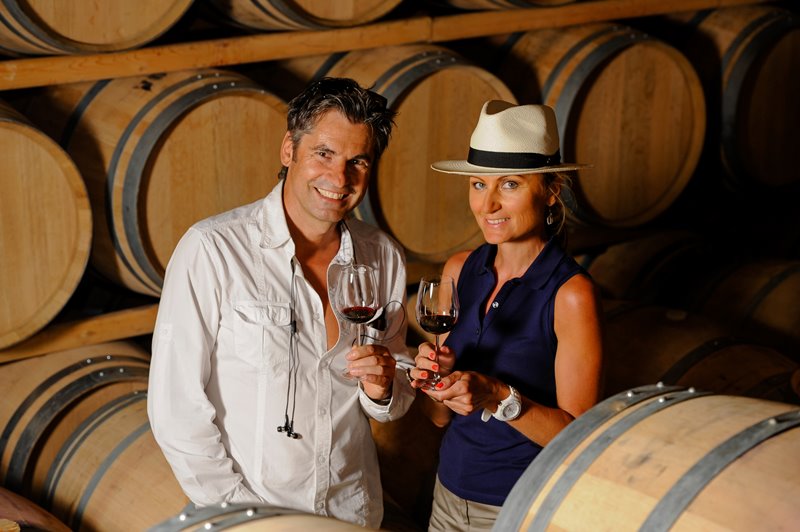
In the evolving world of wine, the role of wine tourism has become a cornerstone in the promotion of viticultural culture and a significant revenue stream for wineries. Yet, an often-overlooked aspect in the enhancement of these experiences is the less obvious tactic of weaving historical and cultural narratives into the wine tourism journey. This approach does more than merely enrich the visit; it deepens the visitor's connection to both the wine and the region.
1. Historical Narrative as a Unique Selling Point
The history of a winery and its ties to the region often take a backseat in the storytelling aspect of wine tourism. Focusing on the historical narrative allows wineries to offer a uniquely enriching experience. This involves delving into not just the origins and evolution of the winery but also how the local culture and viticultural history have shaped their wines.
2. Incorporating Local Culture in Wine Tourism
Wine tasting is just one facet of the winery visit. The integration of local cultural elements can transform a simple winery tour into a comprehensive cultural experience. This can range from showcasing local crafts, art exhibitions related to wine, to featuring regional music and dance. Such cultural integration not only enhances the wine tourism experience but also helps in preserving and promoting local culture.
3. Personalized Experiences
Every visitor seeks a unique experience in wine tourism. Wineries that recognize this diversity and offer personalized options—such as private tours, themed tastings, or even participation in the harvest—significantly elevate the visitor's experience. Personalization can extend to packages that include accommodations and regional activities, offering a more holistic experience.
4. In-Depth Wine Education
While many visitors are content with simply tasting fine wines, there is a growing segment interested in deepening their enological knowledge. Offering workshops, lectures, and specialized courses can attract these visitors, creating new revenue streams and positioning the winery as a leader in wine education.
5. Technology Enhancing the Visitor Experience
Technology can play a vital role in wine tourism. From mobile apps offering self-guided tours and augmented reality depicting the winery's history, to virtual reality experiences that transport visitors back to the winery's founding days or immerse them in the winemaking process, technology can significantly enrich the visit.
6. Sustainability in Wine Tourism
Sustainability is an increasingly important concern for many visitors. Wineries that demonstrate sustainable practices in their wine production and tourism management not only contribute to environmental conservation but also attract visitors who value these practices.
7. Special Events and Collaborations
Hosting special events, such as vintage wine tastings, new vintage launches, or collaborations with renowned chefs for pairing dinners, can attract a broader audience. These events offer unique experiences that cannot be replicated elsewhere, adding significant value to the winery.
In conclusion, by implementing these seven strategies, wineries can not only enhance the wine tourism experience but also forge a stronger connection between the visitor and the region's cultural and historical identity. This holistic approach to wine tourism not only ensures a memorable experience for visitors but also promotes the winery's unique story, ultimately contributing to a more sustainable and culturally enriched wine tourism industry.
Founded in 2007, Vinetur® is a registered trademark of VGSC S.L. with a long history in the wine industry.
VGSC, S.L. with VAT number B70255591 is a spanish company legally registered in the Commercial Register of the city of Santiago de Compostela, with registration number: Bulletin 181, Reference 356049 in Volume 13, Page 107, Section 6, Sheet 45028, Entry 2.
Email: [email protected]
Headquarters and offices located in Vilagarcia de Arousa, Spain.